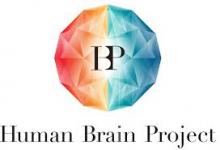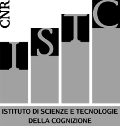Human Brain Project HBP
Decision-making in humans and rodents relies on parallel systems that can be dissociated behaviourally and neurally. Progress in our understanding of the "habit" and "Pavlovian" systems has been fostered by a productive convergence of experimental and computational approaches 50. In contrast, the neuroscience of planning is still in its infancy 51. The project will allow resolution about an unsolved question on the mechanisms that the brain uses to predict the future and form plans - an issue that is at the forefront of both neuroscience an AI research, where state-of-the art algorithms have achieved impressive results using mainly reactive strategies but cannot currently exploit planning efficiently 5,6. Our results in this project can thus have transformative effects for both the neuroscience of prospection and the design of AI-based ICT systems that can plan for the future.
This project will achieve its results by realizing a set of hypothesis-driven experiments in rodents and humans, and aligning the novel evidence to computational theories of modelbased planning and hierarchical processing 11,12. We will focus on an emerging model system for the study of planning at the neurobiological level: the recording of HPC and PFC during challenging spatial navigation tasks. In rodents, sequences of place cell activity can be decoded to reveal signatures of a planning process 3. In humans, multivariate analysis permits decoding future navigational goals and subgoals 1,22. This makes the spatial navigation domain appealing for both rodent and human studies.
The novelty of this proposal stems from the following key elements. First, our basic research question is drawn from the cutting edge of neuroscience and AI research. Existing computational and neural approaches to understanding of hierarchical prediction and planning remain vague, and their real-world implementations in AI systems have thus far been unsuccessful. Second, we will adopt an innovative multidisciplinary approach to address this problem that integrates human functional neuroimaging, animal neurophysiology, computational models and embodied (robotic) artifacts, offering converging insights from rodent, human and synthetic brains. Third, by combining rodent and human studies, this project will for the first time bridge different (spatial and temporal) scales of brain organization for the study of planning and prospection.
tabs


